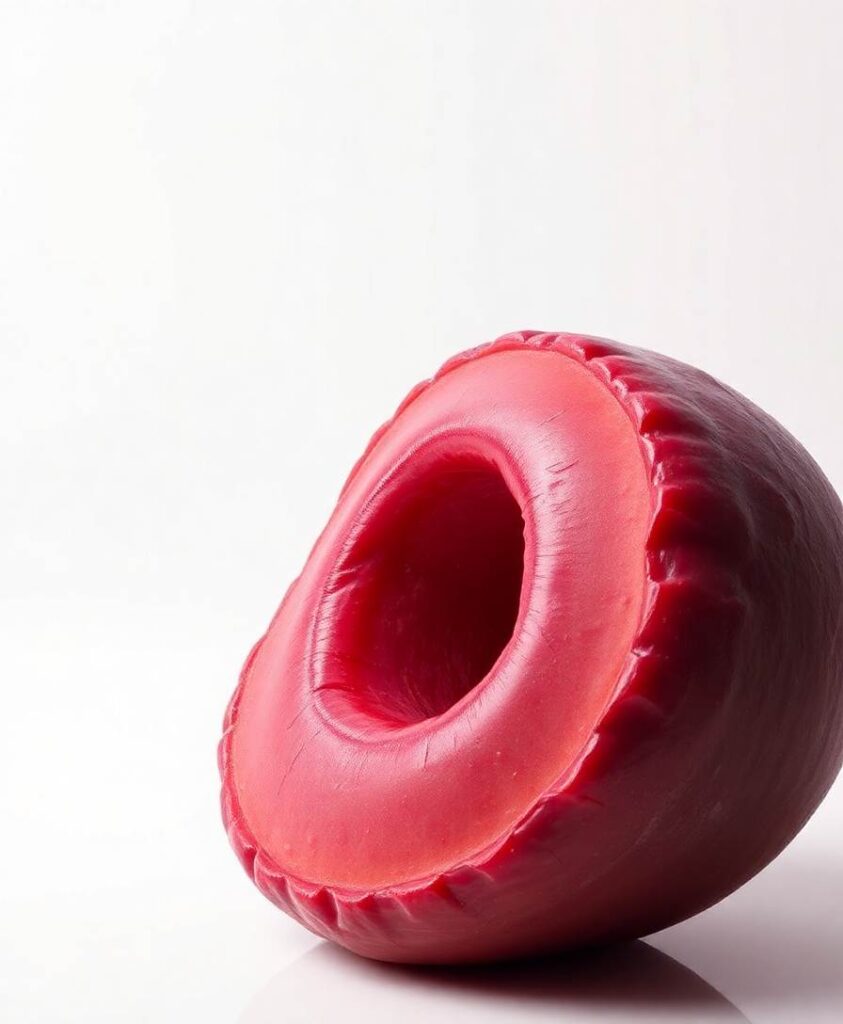Association Between Body Mass Index and Intracranial Aneurysm Rupture: A Multicenter Retrospective Study
Background and Aims: It has recently emerged the concept of “obesity paradox,” a term used to describe an inverse association between obesity and clinical outcomes in cardiovascular diseases and stroke. The purpose of this study was to investigate the association between body mass index (BMI) and the risk of intracranial aneurysm rupture.Methods: In this study, we conducted a retrospective analysis of a prospectively maintained database of patients with intracranial aneurysms from 21 medical centers in China. A total of 3,965 patients with 4,632 saccular intracranial aneurysms were enrolled. Patients were separated into unruptured (n = 1,977) and ruptured groups (n = 1,988). Univariable and multivariable logistic regression analyses were performed to determine the association between BMI and intracranial aneurysm rupture.Results: Compared to the patients with normal BMI (18.5 to < 24.0 kg/m2), the odds of intracranial aneurysm rupture were significantly lower in patients with BMI 24.0 to < 28.0 kg/m2 (OR = 0.745, 95% CI = 0.638–0.868, P = 0.000) and patients with BMI ≥ 28.0 kg/m2 (OR = 0.628, 95% CI = 0.443–0.890, P = 0.009). Low BMI (<18.0 kg/m2) was not associated with intracranial aneurysm rupture (OR = 0.894, 95% CI = 0.483–1.657, P = 0.505). For males, both the BMI 24.0 to < 28.0 kg/m2 (OR = 0.606, 95% CI = 0.469–0.784, P = 0.000) and the BMI ≥ 28.0 kg/m2 (OR = 0.384, 95% CI = 0.224–0.658, P = 0.001) were associated with a lower rupture risk, whereas the inverse association was not observed in females. Both the BMI 24.0 to < 28.0 kg/m2 (OR = 0.722 for aged 50–60y, 95% CI = 0.554–0.938, P = 0.015; OR = 0.737 for aged >60y, 95% CI = 0.586–0.928, P = 0.009) and the BMI ≥ 28.0 kg/m2 (OR = 0.517 for aged 50–60y, 95% CI = 0.281–0.950, P = 0.0034; OR = 0.535 for aged >60y, 95% CI = 0.318–0.899, P = 0.0018) was associated with a lower rupture risk in patients aged ≥50 years, whereas the association was not significant in patients aged <50 years.Conclusions: Increased BMI is significantly and inversely associated with saccular intracranial aneurysm rupture in males and patients aged ≥50 years.
Li Wei is a Chinese-Canadian neuroscientist in Vancouver, studying brain plasticity and lifelong learning. He contributes articles on harnessing neurotechnology to expand human capabilities, drawing from his experiences in cross-cultural innovation hubs.



